Press Release: Veritas Press C.I.C.
Author: Kamran Faqir
Article Date Published: 13 Sept 2025 at 13:47 GMT
Category: United Kingdom | Politics | Charlie Kirk’s Killing
Source(s): Veritas Press C.I.C. | Multi News Agencies
On 13 September 2025, London saw what is widely described as one of the largest far-right rallies in recent British history. Organised by Tommy Robinson (born Stephen Yaxley-Lennon), the “Unite the Kingdom” march and rally mobilised thousands in central London, invoking the recent killing of American conservative activist Charlie Kirk as a focal point in its messaging. The event drew a mix of nationalists, Christian nationalists, former English Defence League (EDL) adherents, far-right European politicians, and international right-wing media figures. Counter-protests by anti-racism groups also mobilised in opposition, raising serious questions about public safety, political trajectories, and the rhetoric fueling social division.
Key Facts & Recent Developments:
- Charlie Kirk’s killing: On 10 September 2025, Charlie Kirk, co-founder of Turning Point USA, was fatally shot while speaking on the campus of Utah Valley University in Orem, Utah. A suspect, Tyler Robinson, aged 22, has been arrested and is in custody. Authorities are investigating the motive; early reports suggest he had expressed negative views of Kirk and told family members that Kirk was “full of hate”.
- London’s “Unite the Kingdom” rally: Robinson billed the event as a “free speech festival.” It was preceded by a march starting from Waterloo Bridge to Whitehall and accompanied by speeches from high-profile far-right figures.
- Law enforcement, deployment and counter-protests: The Metropolitan Police deployed over 1,600 officers, including a large contingent from outside London, with a “sterile area” planned between the far-right marchers and counter-protesters to limit clashes. A counter-protest titled “March Against Fascism”, organised by Stand Up To Racism (SUTR), led by MPs like Diane Abbott and Zarah Sultana, marched from Russell Square to the northern end of Whitehall.
- Attendance and demographics: Estimates vary, but anti-extremism group Hope Not Hate suggested upwards of 40,000 attendees. Many in the crowd were young, white, male, waving Union flags, St George’s Cross, some with Christian nationalist symbolism, others drawn from past EDL or football firm networks.
- Speakers and attraction: Among those listed to appear (or expected) were Steve Bannon, the former Trump strategist; Ant Middleton, a former UK special forces soldier; far-right figures from Germany (AfD) and Poland; and US right-wing commentators, such as Joey Mannarino. Jordan Peterson was listed, but his participation appeared uncertain.
Rhetoric & Messaging: “Martyrdom” And Mobilisation:
Tommy Robinson has openly used Kirk’s killing as a rallying cry. In speeches and videos, he frames Kirk as a “martyr” of free speech, alleging that his death was not just a criminal act but part of a broader, conspiratorial threat from “government, corporations or organisations” suppressing dissent.
This has allowed Robinson to appeal more broadly: to those disaffected by mainstream politics; to Christian nationalist audiences; to those fearful about immigration, identity, culture; and to groups who believe that traditional media and political elites are either complicit in or dismissive of the threat he perceives.
Critical Responses & Concerns:
- From anti-racism groups and community activists: Leaders warn that this is not genuinely about “free speech” but about fostering and legitimising anti-Muslim, anti-migrant, and racist rhetoric. For example, Miriam Khan of Legal Action for Peace criticised Robinson’s “long history of spouting racial hatred”, and noted that recent incidents of vandalism and violence against refugees and mosques are clearly linked to the hate speech such events foment.
- From Muslim communities: A coalition wrote an urgent letter to Home Secretary Shabana Mahmood, urging the government to ban the march, citing a rising wave of anti-Muslim harassment and violence in the weeks prior. They argue the language used by Robinson is not protected speech but incitement of hostility and that the State has a duty to protect communities.
- From law enforcement and public officials: The Metropolitan Police emphasised the need to maintain public order, deploying large numbers of officers, setting up barriers, and urging Muslim Londoners that they need not change their plans for the weekend. Commander Clair Haynes, leading public order policing, acknowledged Muslim communities’ concerns due to Robinson’s record and previous incidents of chanting and hostility.
- From political analysts and watchdogs: Hope Not Hate’s Nick Lowles warned this rally signifies a movement that is trying to push “to the right of Reform UK” and could become a political force depending on how Robinson and the newly forming Advance UK party execute their strategy.
What Lies Beneath?
- Monetisation, organisational financing, and ‘movement business’
Robinson has heavily promoted merchandise and fundraising around the event, reportedly seeking around £300,000. Questions arise about transparency: how funds are being used, what infrastructure has been built, and who is behind the financing. Is this movement sustainable beyond episodic rallies and spectacle? Do back-end organisational structures exist (e.g. for voter registration, local organising) or is it mainly about visibility and brand? - Ideological tent: breadth vs cohesion
The coalition here includes Christian nationalist speakers, European far-right politicians, football firm culture, and social media personalities. But do they share detailed policy aims, or are they united mainly by grievances (immigration, free speech suppression, identity)? The risk is that internal contradictions will emerge (e.g. between those wanting electoral legitimacy vs those favouring extra-parliamentary protest or confrontation), or that the movement becomes radicalised by fringe elements, which could provoke state clampdowns or legal issues. - Linking unrelated tragedies to fuel anger
Using Charlie Kirk, a US figure whose killing is being investigated, as a symbol or rallying point in the UK (where many people know little of his precise politics or context) allows for emotional amplification. This builds an “us vs them” narrative: conservatives vs “the left/ liberals/government/media”. The danger is that nuance, verification, and legal due process are downplayed, while conspiracy, blame and grievance dominate. This also raises the question: is the rhetoric pushing toward escalation (verbal or physical), and what thresholds will trigger state intervention? - Public safety and policing challenges
Deploying thousands of officers, creating “sterile zones”, barriers, etc., is necessary given the scale. But past Robinson events have repeatedly seen fringe violence, disorder, chanting of hateful slogans, and clashes. Police are under pressure not only from logistics but legal obligations: to protect free speech, but also to prevent incitement and hate crime. How they draw those boundaries is often ambiguous. Moreover, protesters on both sides claim provocation or suppression, which can feed mistrust. - Political implications
The emergence of Advance UK, a party formed by former senior figures in Reform UK, with Robinson apparently aligned, signals potential electoral ambitions. If Robinson can convert protest energy into votes, there is a risk of shifting the political Overton window more rightward, especially on issues like immigration, law and order, national identity and faith. The mainstream parties will have to respond: either by co-optation, counter-rhetoric, or stringent regulation of hate speech. There is also a risk of political polarisation intensifying ahead of elections, and opportunism by politicians who wish to tap into nationalist sentiment.
Advancements In Details:
- Reuters reports that over 1,600 officers will be on duty, including 500 brought in from other police forces, to manage rival protests during the march.
- The Guardian says the rally is expected to attract upwards of 40,000 attendees, though thousands were already gathering by mid-morning.
- Media coverage is already noting that some marquee speakers (e.g. Steve Bannon) may not ultimately appear, and that Jordan Peterson’s involvement is uncertain.
- After Charlie Kirk’s killing, there has also been fallout in the U.S.: people fired or disciplined over social media posts about the incident, investigations into how platforms are moderating graphic content, and international political reactions. These amplify the sense among UK far-right organisers that a transnational “conservative victimhood” narrative is available.
Voices From Locals, Officials, And Activists:
“The far right is a menace to the whole of society. Their first targets, asylum seekers and Muslims, are broadening to all migrants, black people and on to trade unionists, all religious minorities and anti-racists.” — Diane Abbott MP, counter-protest leader.
“This is going to be big, but we are also talking about movement to the right of Reform UK, and we still don’t know where it is going.” — Nick Lowles, Hope Not Hate.
“We recognise that there are particular concerns for many in London’s Muslim communities ahead of the ‘Unite the Kingdom’ protest given the record of anti-Muslim rhetoric … Everyone should be able to feel safe travelling into and around London.” — Commander Clair Haynes, Metropolitan Police.
From a marcher (recorded in The Independent): “You can hear people have all sorts of reasons, there’s all sorts of ethnic minorities here also.” (Some in the crowd claimed their culture is being “erased”.)
From Muslim civil society: “This is not about freedom of speech but clear hostile incitement to racial and religious hatred which leads to violence on our streets … The Metropolitan Police and the Government must take action to protect our minorities … no one can deny the clear relationship between his vile rhetoric and the violence that we are seeing … This is terrorism.” — Miriam Khan, Legal Action for Peace.
Investigation & Critical Challenges Left Open:
- Motive and context of Kirk’s killing uncertain: Though Tyler Robinson has been arrested and statements have been made, investigations are still underway. There is no definitive proof yet of a political ideology driving the act, though Robinson reportedly expressed hatred toward Kirk. The risk is that political actors on all sides may misrepresent or use partial stories for narrative advantage.
- Speakers’ actual participation vs promotional listing: Some listed high-profile far-right figures may pull back. The media have raised doubts about Jordan Peterson, for instance. Whether they show up affects credibility and public perception.
- Extent of hate speech and incitement: Past events involving Robinson have included incidents of chanting, harassment, and sometimes violence. But drawing the line legally between protected free speech and illegal hate speech or incitement is difficult. Prosecutions are rare, and policing decisions are often reactive rather than preventive. The evidence will need careful documentation: who said what, when, how organised, how policied.
- Effect on local communities: Muslim Londoners, recent migrants, and minorities report fear, anxiety; some activists argue that state responses are insufficient. Are there documented cases of increased harassment immediately following such rhetoric? How does this impact everyday life (transport, housing, schooling)? Local voices often report incremental harm that doesn’t always make headlines.
- Long-term political consequences: Will this translate into votes, or merely activism and media spectacle or communal division? What does this do to mainstream parties’ stances on immigration, free speech, and minority rights? Also, what legal/legislative changes might be proposed (e.g. extending hate speech law, policing powers) and what risks do they carry for civil liberties?
Implications & Moving Forward:
- For government policymakers: There is pressure to balance free speech rights with protecting citizens from hate speech, incitement, and violence. Legal frameworks (hate crime laws, public order legislation) may be tested. The Home Office and police will likely face calls for clearer thresholds and accountability, especially around permit refusals, conditions on speech, and oversight of social media promotion.
- For community groups and civil society: Continued vigilance, documentation, legal support, and counter-narratives will be essential. The counter-protests, coalition letters, and activist organisations are trying to do this, but may be under-resourced.
- For the media: Responsibility in reporting is key; verifying claims, avoiding amplifying conspiratorial or incendiary framing, and showing nuance. Also, covering smaller communities’ perspectives that are often marginalised in mainstream coverage.
- For people generally: It is a moment to reflect on how political violence (or the perception thereof) is used as mobilisation, how grief or shock around events like Kirk’s killing can be channelled into polarisation, and what that implies for social cohesion.
Conclusion:
The “Unite the Kingdom” rally, held in the wake of Charlie Kirk’s killing, represents a critical moment in Britain’s contemporary far-right trajectory. It is not simply a protest, but a convergence of transnational grievance politics, culture war rhetoric, and emergent attempts to formalise new political alignments through vehicles like Advance UK. The challenge for observers, policymakers, and civil society is to interrogate not only what is said, but how these events are organised, financed, licensed, policed, and responded to, and the harm they produce, both immediate and structural.
What unfolded in London shows a deliberate strategy at work: seize on tragedy, strip it of context, and weaponise it as proof of a global conspiracy against conservatives and “ordinary Britons.” Robinson and his allies are not merely mobilising crowds; they are monetising resentment, laundering Islamophobia and racism through the rhetoric of “free speech,” and building cross-Atlantic alliances that lend their movement both legitimacy and reach.
Yet the unanswered questions are just as telling: who bankrolls the hundreds of thousands Robinson claims to be raising? Which networks link US operatives, European far-right politicians, Christian nationalists and Britain’s football firms into a single ecosystem? And why does the state continue to permit rallies with a proven record of hate-filled chants, harassment, and violence, even as Muslim communities warn of a direct line between such rhetoric and attacks on their streets?
This is more than a policing dilemma. It is a test of whether Britain will confront the infrastructures of disinformation, radicalisation, and intimidation that underpin Robinson’s growing project. Unless transparency, accountability, and genuine protection for vulnerable communities are prioritised, these spectacles risk solidifying into something larger: a political bloc capable of reshaping national discourse through fear, grievance, and coercion.
Unless Britain confronts how Robinson’s rallies are financed, the hate they normalise, and the impunity they enjoy, the “Unite the Kingdom” march will not be remembered as a one-off spectacle but as the moment a fragmented far-right coalesced into a transnational political force, one that thrives on conspiracy, monetises grievance, and seeks to bend national politics through intimidation, fear and manufactured martyrdom.
Tags:
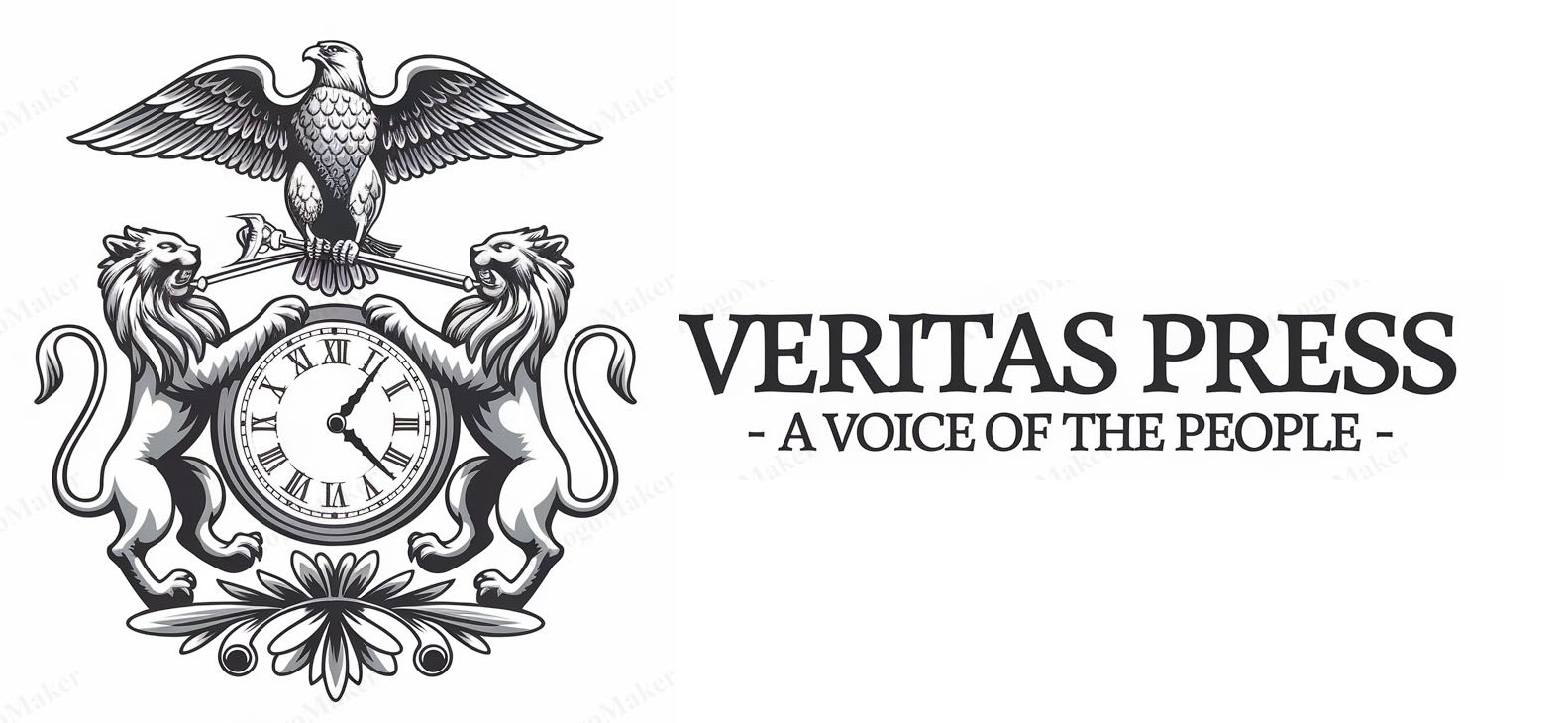



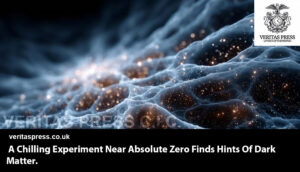
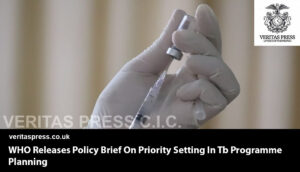

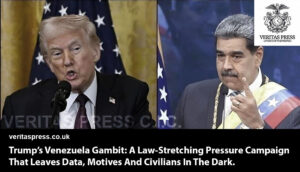
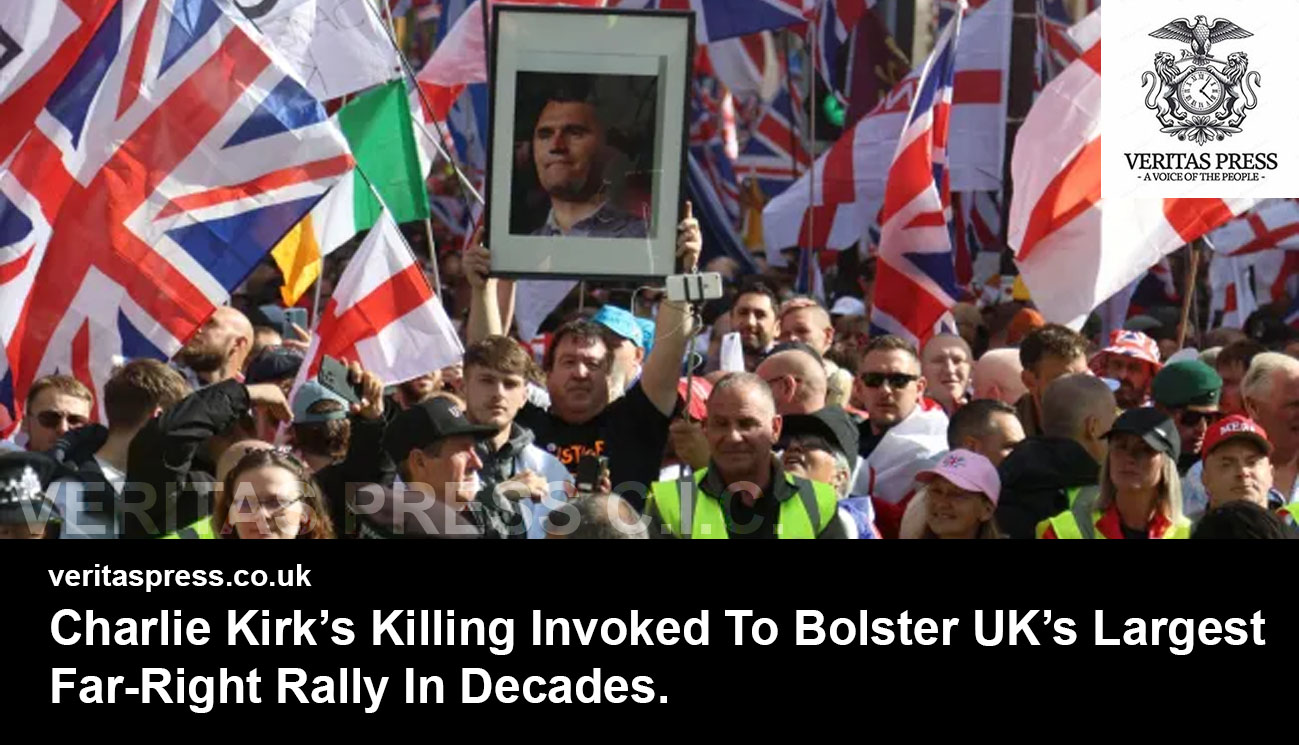
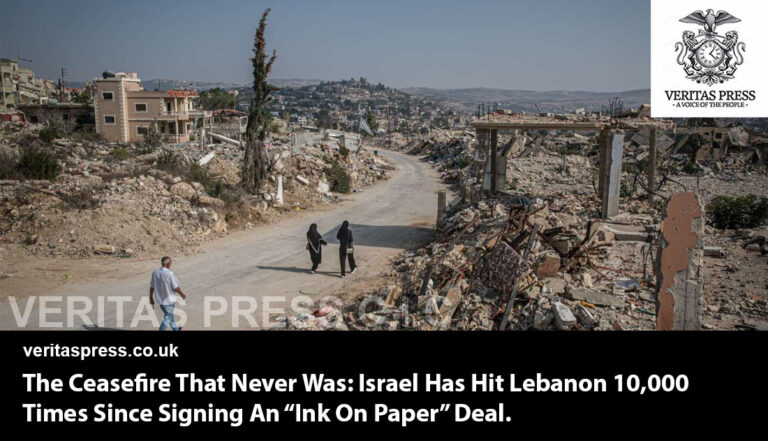
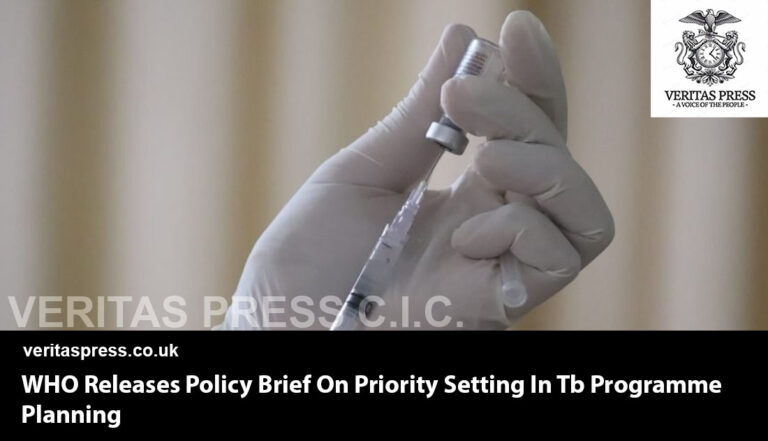
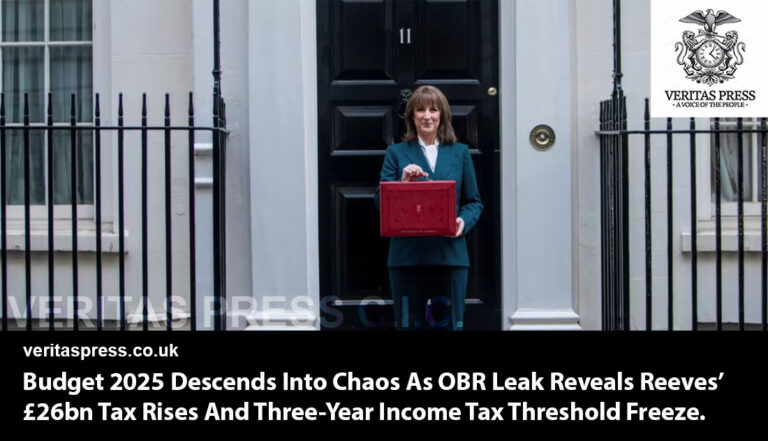
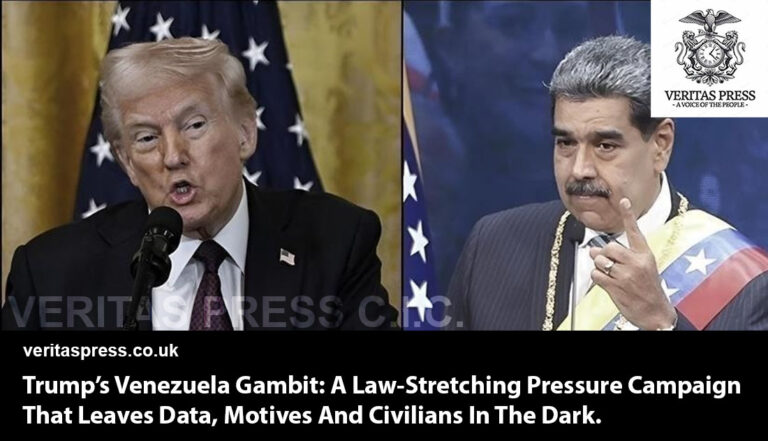

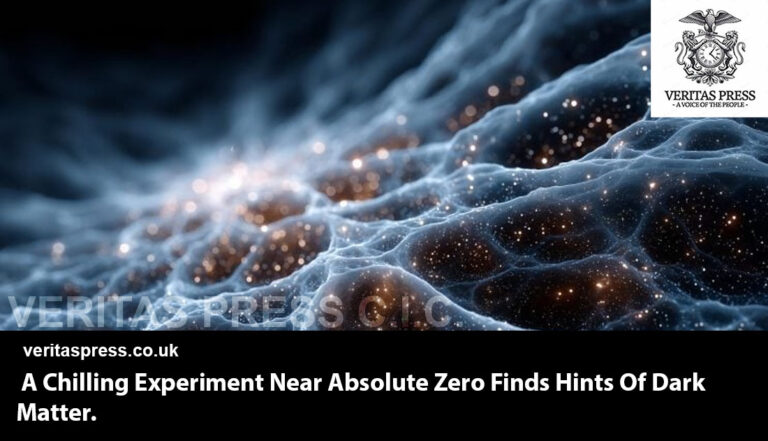
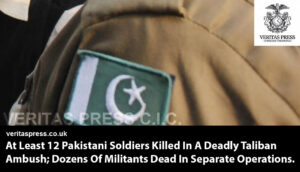
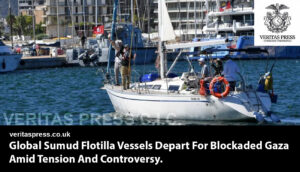
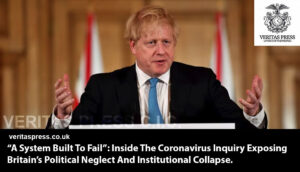
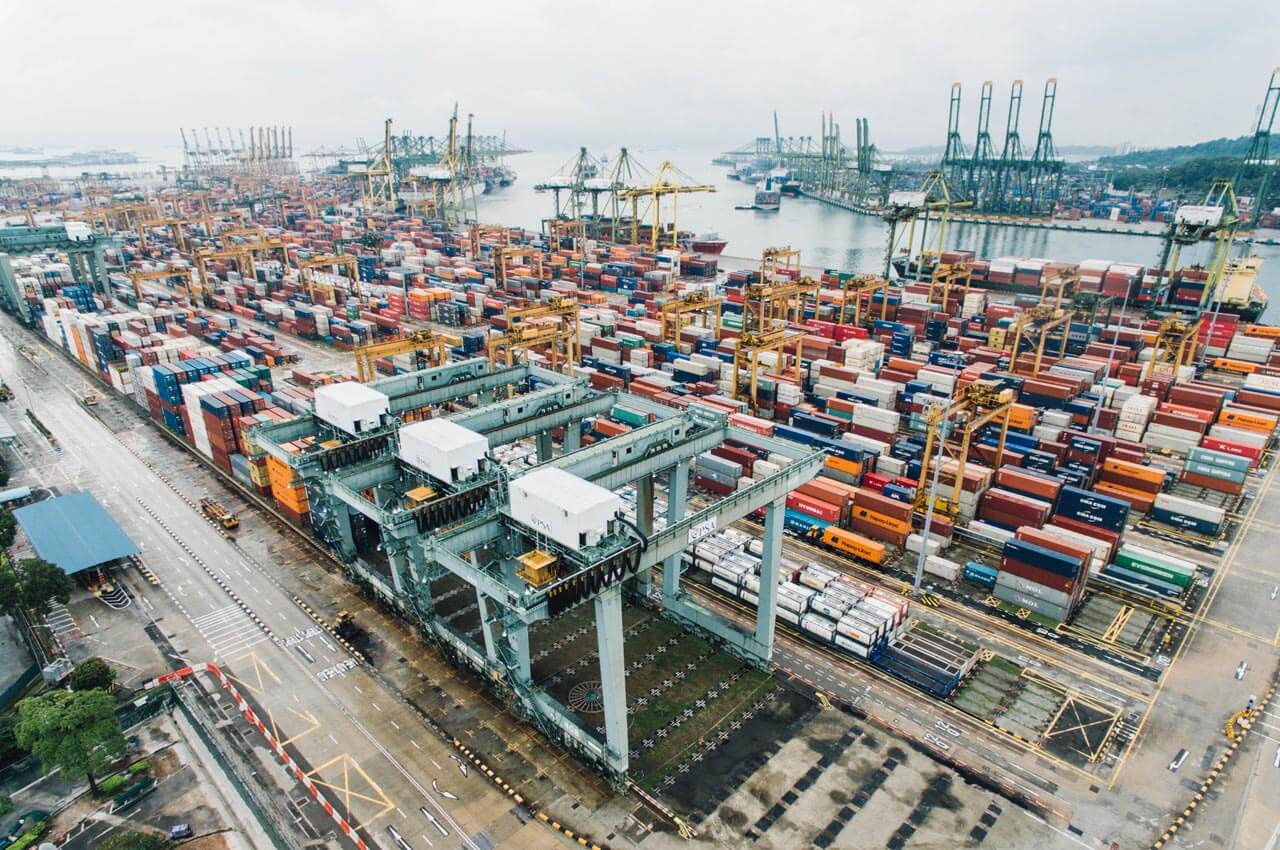

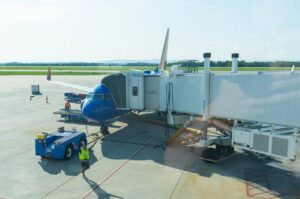

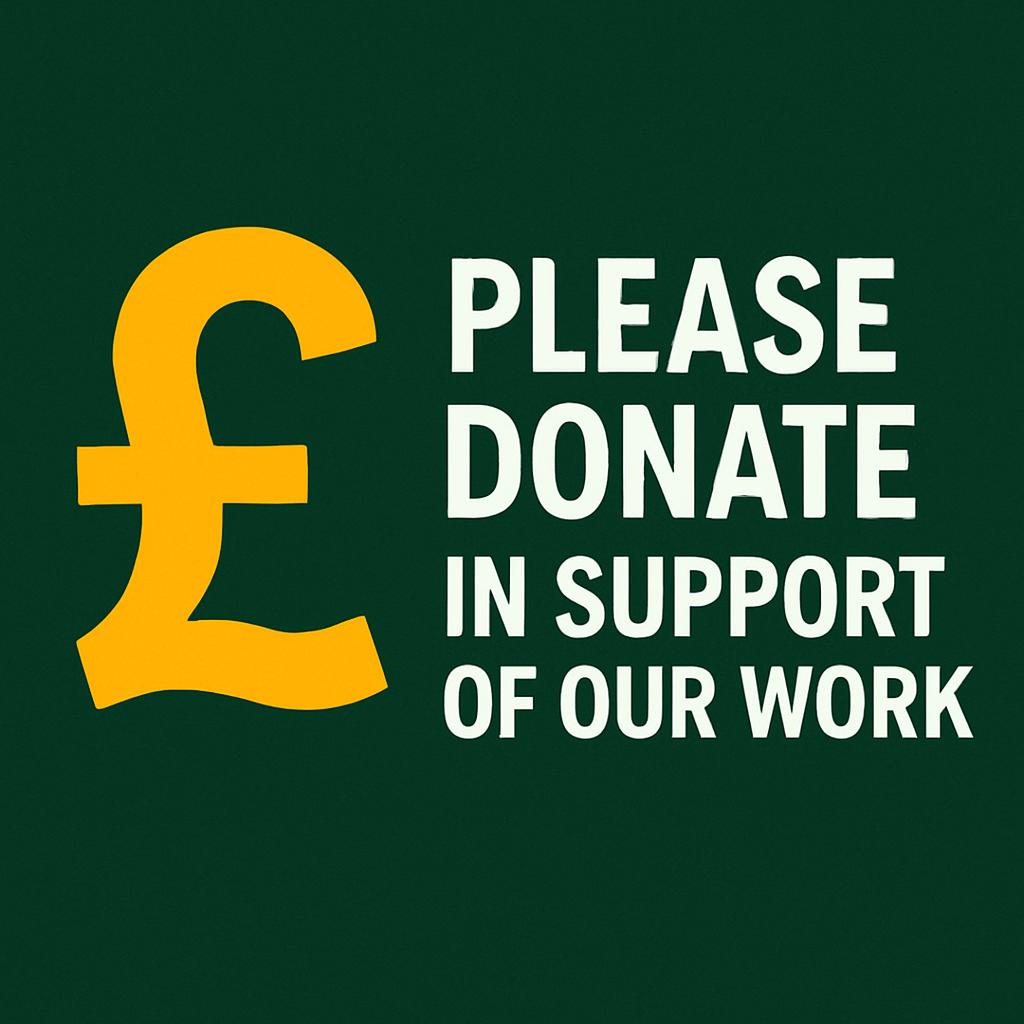




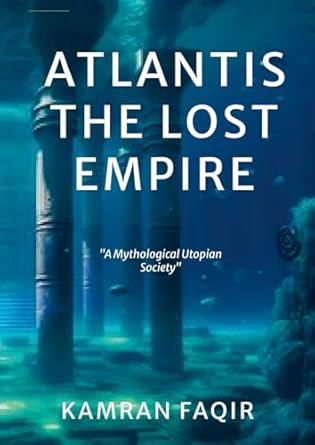
Leave a Reply